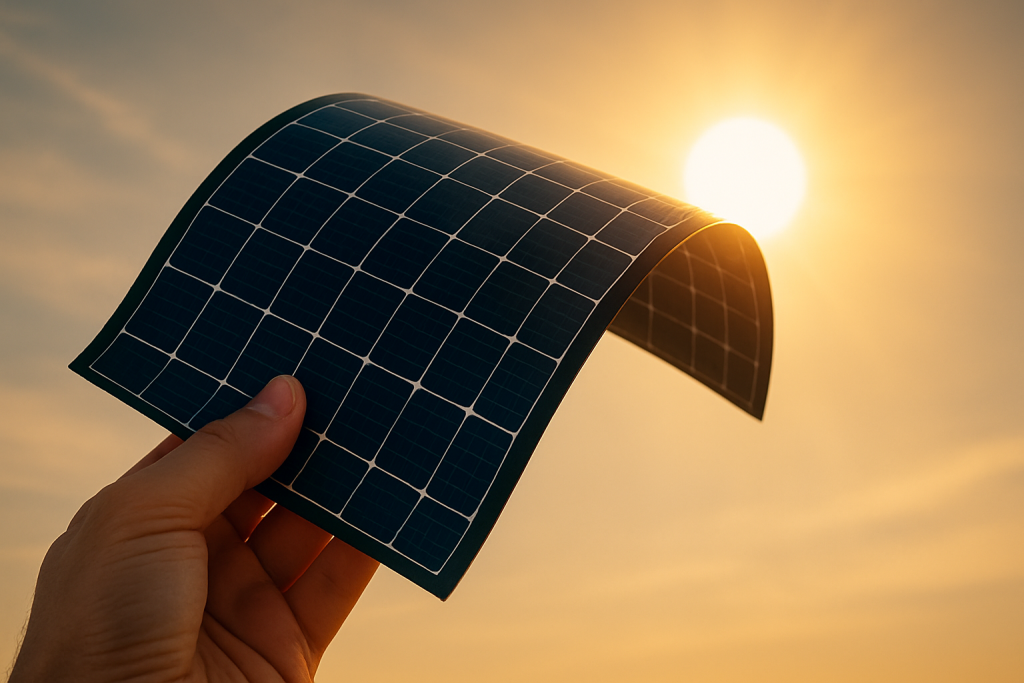Japan Unveils Solar Super Panel Project Targeting Power Output Equal to 20 Nuclear Reactors
Japan is taking a major leap forward in renewable energy technology with the development of its new “solar super panel” project, aiming to generate the same amount of electricity as 20 nuclear reactors by 2040. The initiative centers on the mass production and deployment of next-generation perovskite solar cells (PSCs), an advanced form of solar technology that promises unprecedented efficiency and flexibility compared to conventional silicon panels.

Perovskite solar cells are considered a revolutionary breakthrough. They offer theoretical efficiency limits up to 43%, far surpassing the 29% cap of traditional silicon cells. Additionally, they can maintain high performance even under low-light conditions and can be manufactured to be lightweight and flexible. This versatility allows them to be integrated into a wide variety of surfaces — from building facades and windows to vehicles and portable devices — which is crucial in densely populated countries like Japan where available space is limited.
Japan has set an ambitious target to generate 20 gigawatts (GW) of electricity with PSC technology by 2040. Achieving this would match the output of 20 average-sized nuclear reactors. This push not only reflects Japan’s commitment to renewable energy but also addresses its lingering caution about nuclear energy after the 2011 Fukushima disaster.
One strategic advantage Japan holds is its position as the world’s second-largest producer of iodine, a key material in the production of perovskite solar cells. This enables Japan to build a domestic supply chain, boosting energy security and reducing dependence on foreign resources.
The government is supporting this transition with a substantial investment of about $1.5 billion. Companies like Sekisui Chemical have already made significant progress, developing specialized sealing materials to improve the long-term durability of perovskite panels. Mass production is planned to begin by 2030, with Sekisui aiming to manufacture panels capable of generating 1 GW annually by that year.
This initiative ties directly into Japan’s broader energy strategy, which sets a goal for renewables to supply 40-50% of the country’s electricity by 2040. The government sees PSCs as a crucial component in achieving this target, alongside other renewable technologies.
However, challenges remain. Perovskite cells still face hurdles related to long-term stability, manufacturing scale, and production costs. Research is ongoing to address these issues, and industry leaders are optimistic that continued innovation will make mass deployment feasible within the next decade.
If successful, Japan’s solar super panel project could reshape its national energy profile and establish the country as a global leader in renewable energy technology. The integration of flexible, ultra-efficient solar panels into everyday urban infrastructure could also serve as a powerful model for other nations seeking sustainable energy solutions.
Wow that’s awesome
Is there any real truth to this?